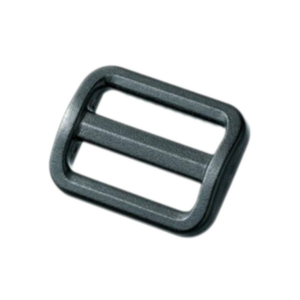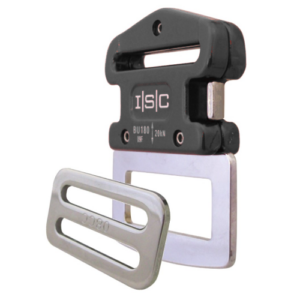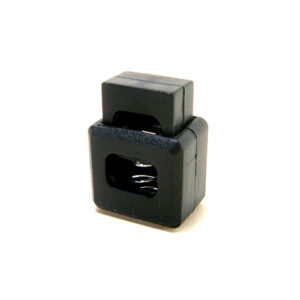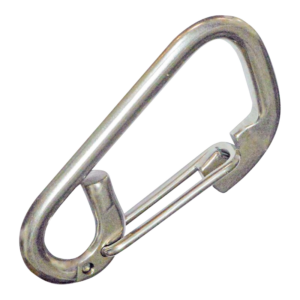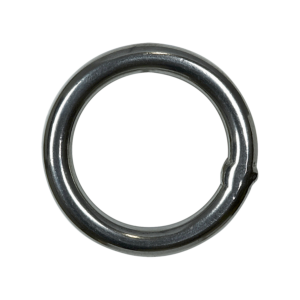The Hierarchy of Control – Hazard Management
The hierarchy of control is a method of hazard management for the worksite. The concept is that higher-level methods are always preferred over lower-level methods. The hierarchy of control for fall hazards is as below:
Elimination: This means the work is performed by a different means which does not expose the worker to the fall hazard. For example, it may be possible to fabricate items on the ground rather than assembling them at height.
Isolation: This requires barriers or other means to prevent workers reaching the fall hazard area. In particular, “penetrations” through a floor can be fenced off. Edge protection on the perimeter of a roof is being required more often.
Protection: This requires a fall protection system, including a harness, which either prevents a fall from occurring, or ensures that if a fall does occur, the worker will be held in the harness. This article is concerned only with fall protection systems, which are of three types:
- Restraint system, which uses fall protection equipment to prevent a worker from reaching a fall hazard, such as the edge of a roof
- Work-positioning system, which supports a worker directly with fall-arrest equipment so that there is little chance of a fall, and in the event that a fall does occur it will be minor
- Fall-arrest system, which is designed to stop a fall without injury to the person falling
In the list of fall protection systems above, the most preferred system is again at the top.













